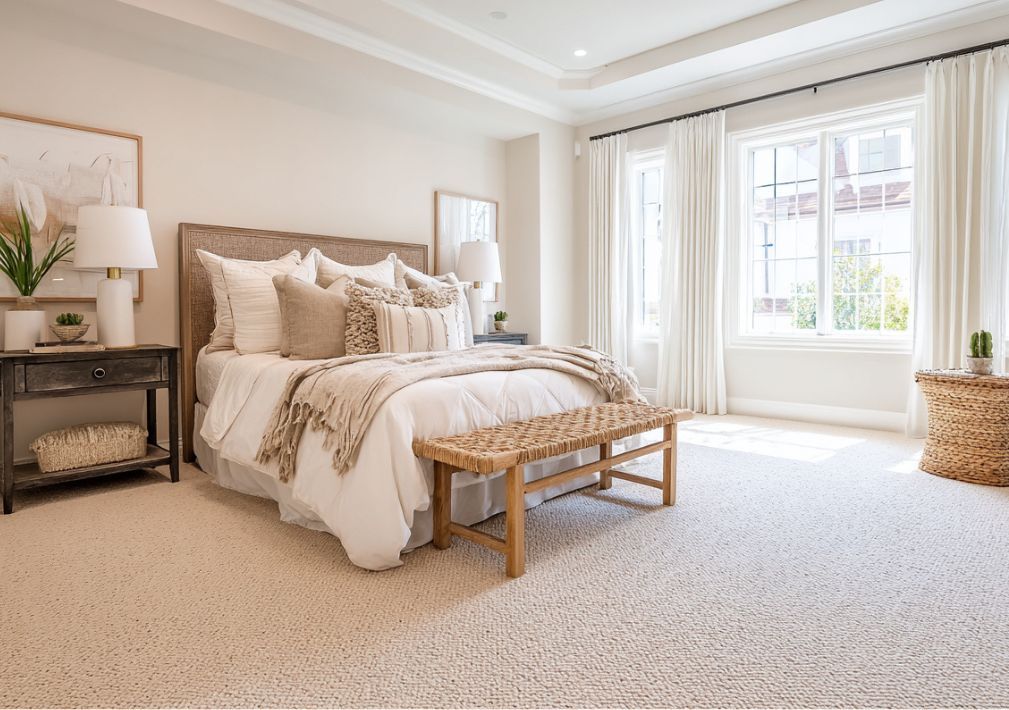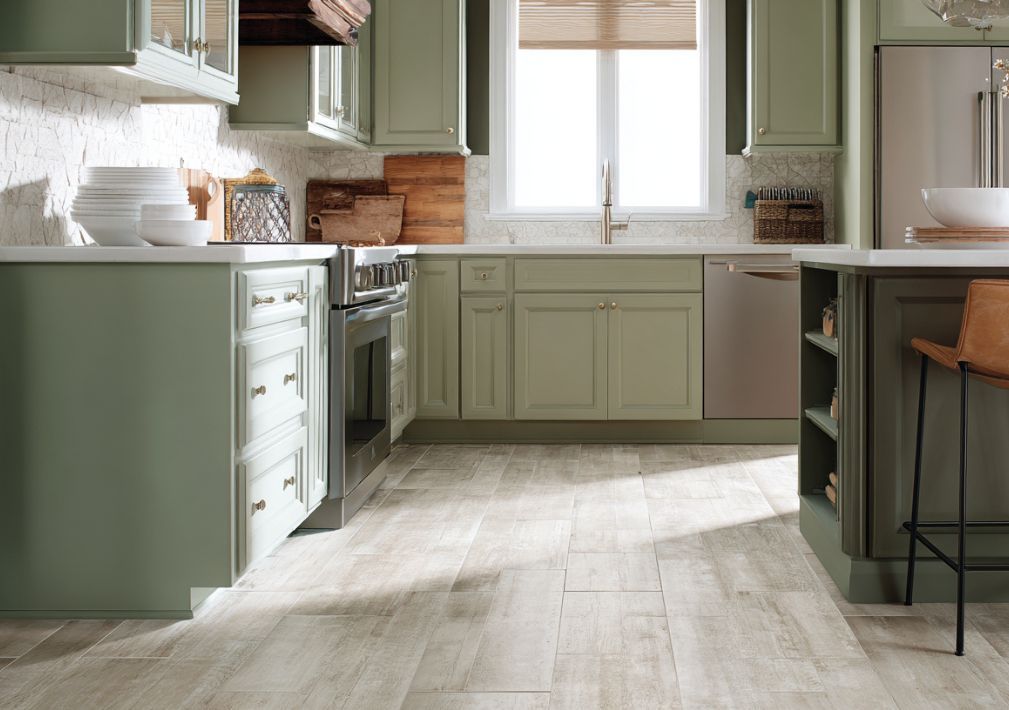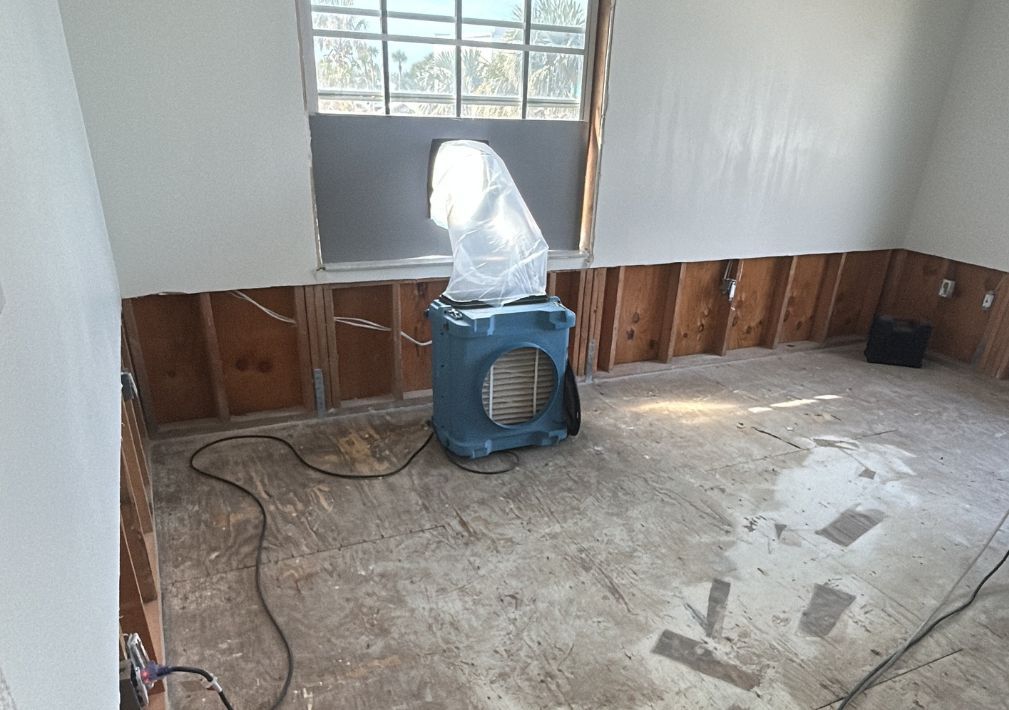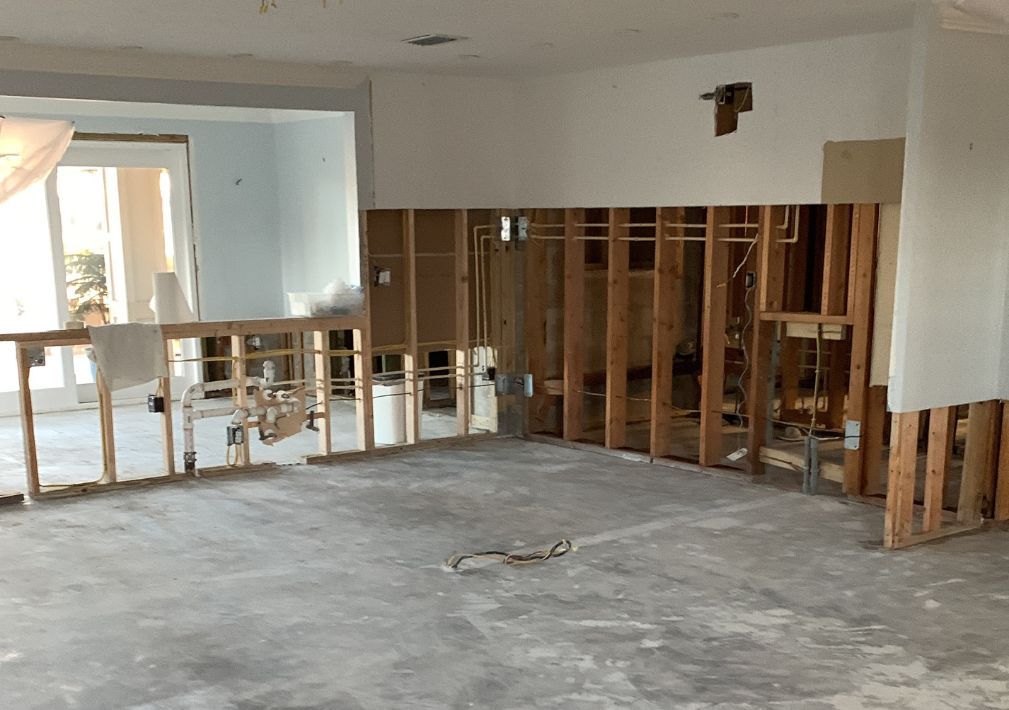What is the Average Cost of Upholstery Cleaning in Osprey, FL?

Table of Contents
- 1. Factors Influencing Upholstery Cleaning Costs
- 1.1. Furniture Size and Type
- 1.2. Fabric Material
- 1.3. Cleaning Method
- 1.4. Stain Removal and Special Treatments
- 1.5. Professional vs. DIY Cleaning
- 1.6. 6. Additional Services That Affect Pricing
- 2. The Final Verdict on Upholstery Cleaning in Osprey, FL
- 3. Frequently Asked Questions About Upholstery Cleaning
The average cost of upholstery cleaning in Osprey, FL, typically ranges between $100 and $250 per piece, depending on the furniture type, material, and cleaning method used. However, prices can vary based on additional factors such as the extent of soiling, the expertise of the cleaning service, and optional add-ons like stain protection treatments. Understanding the full scope of pricing and service options ensures you receive the best value for your money.
Factors Influencing Upholstery Cleaning Costs
Various elements impact the final price of upholstery cleaning services, including:
Furniture Size and Type
- Larger furniture, such as sectional sofas or oversized armchairs, requires more cleaning solution, time, and effort, increasing the cost.
- Delicate or intricate pieces, such as antique furniture, may require special handling and treatments that drive up pricing.
- Recliners and sleeper sofas tend to cost more due to their complex mechanisms and fabric folds where dirt accumulates.
- Sectional sofas can have multiple materials and hidden dirt traps, which require extensive cleaning. Each section may require individual attention, increasing labor costs.
- Dining chairs, particularly those with padded seats, may seem small but often accumulate deep-set stains that are challenging to remove. Chairs with intricate designs or mixed materials can also require extra care.
- Upholstered bed headboards are often overlooked but can harbor dust mites and need professional attention. Their vertical positioning means they may accumulate airborne dust and skin cells, leading to a need for specialized cleaning techniques.
- Ottomans and footstools, though smaller, often see heavy use and require deep cleaning, particularly if they are used as makeshift tables.
- Office chairs, particularly ergonomic models, have multiple fabric and material types that require tailored cleaning methods, contributing to varying costs.
Fabric Material
The type of fabric significantly affects cleaning methods and costs:
- Microfiber and polyester – These materials are relatively easy to clean and cost less. However, microfiber can trap dirt deep in its fibers, making professional cleaning essential.
- Cotton and linen – These fabrics may require special solutions to avoid shrinking or color bleeding. Linen, in particular, is prone to wrinkling, which adds to post-cleaning care.
- Silk, velvet, or leather – High-end materials require delicate cleaning techniques and specialized treatments, which increase costs. Velvet, for example, requires careful brushing to maintain its texture after cleaning.
- Natural vs. synthetic fabrics – Natural materials like wool or cotton are more delicate and require gentler cleaning. Wool blends, which are commonly used in vintage furniture, can be prone to shrinking if not handled correctly.
- Blended fabrics – Some upholstery materials combine synthetic and natural fibers, which may require customized cleaning techniques to avoid fiber damage.
- Leather upholstery – Leather requires conditioning and specialized care beyond standard cleaning techniques. Over-cleaning or using the wrong products can strip natural oils, leading to cracks or fading.
- Suede and nubuck fabrics – These delicate materials require dry cleaning techniques to avoid water stains, adding to cleaning costs.
Cleaning Method
The technique used to clean your upholstery affects the final price:
- Steam cleaning (hot water extraction) – A deep-cleaning method that removes dirt, bacteria, and allergens. Costs vary based on the furniture’s size and material.
- Dry cleaning – Uses chemical solvents for delicate fabrics that cannot withstand water-based treatments. This method is preferred for natural fabrics that may shrink with moisture exposure.
- Foam cleaning – A low-moisture technique ideal for fabrics prone to water damage. Foam cleaning is often used for delicate materials like silk and wool blends.
- Encapsulation cleaning – A newer method where encapsulating agents break down dirt, making it easier to remove. This process is effective for commercial settings with high upholstery use.
- Shampooing upholstery – A more intensive cleaning process for heavily soiled fabrics. This method is useful for older furniture that has accumulated years of grime.
- UV treatment for allergen reduction – Some advanced cleaning services use UV light to kill bacteria and allergens, making it an excellent choice for homes with allergy sufferers.
- Carbonation cleaning – A technique that uses tiny bubbles to lift dirt from fabric, reducing drying time and leaving a residue-free finish.
Stain Removal and Special Treatments
- Tough stains like pet urine, red wine, ink, and grease may require extra effort, specialty cleaning solutions, and multiple treatments.
- Odor removal and antibacterial treatments are often available for an additional charge, particularly for upholstery exposed to smoke or pets.
- Fabric protection treatments (like Scotchgard) can be applied to prevent future stains but come at an extra cost. This treatment helps repel liquids and extend the lifespan of the fabric.
- Mold and mildew treatments – Upholstery exposed to moisture may develop mold, requiring specialized treatment. High-humidity areas like Florida are particularly prone to mold issues.
- UV damage restoration – Sunlight can fade and weaken fabrics, requiring additional treatment to restore color and strengthen fibers.
- Smoke damage removal – Cigarette or fire-related smoke can deeply penetrate upholstery fibers, requiring ozone treatments or deep cleaning.
- Pet allergen removal – Households with pets may require deeper allergen removal to eliminate dander, hair, and bacteria from furniture fabrics.
Professional vs. DIY Cleaning
While DIY upholstery cleaning may seem like a cost-saving option, it often leads to:
- Inadequate stain removal – Leaves behind residues that attract dirt faster. Many consumer-grade products contain detergents that leave a sticky residue, making furniture dirtier over time.
- Fabric damage – Improper cleaning solutions may weaken or discolor upholstery. Certain chemicals can break down fibers, causing irreversible damage.
- Short-term results – Require frequent re-cleaning. Professional services use industrial-grade equipment that provides longer-lasting cleanliness.
- Risk of over-wetting – Excess moisture can lead to mold growth if furniture doesn’t dry properly. Over-wetting can also cause fabric shrinkage or mildew development.
- Lack of professional-grade equipment – Consumer-grade upholstery cleaners lack the power of industrial machines, which are designed to extract more dirt and moisture.
- Potential warranty voiding – Some furniture manufacturers require professional cleaning to maintain warranty coverage. Improper cleaning techniques may void any protection plans you have.
- Health risks – DIY cleaning may not eliminate bacteria and allergens as effectively as professional cleaning, potentially exacerbating allergies or respiratory conditions.
6. Additional Services That Affect Pricing
- Pet hair and allergen removal – Ideal for homes with pets or allergy sufferers. Specialized tools and treatments remove pet hair and microscopic allergens embedded in fabric fibers.
- Eco-friendly or hypoallergenic cleaning – For those sensitive to chemicals, green cleaning solutions may cost slightly more but offer a safer alternative.
- Emergency or same-day service – Expedited cleaning requests may incur an additional fee. Some companies offer 24-hour service for urgent cleaning needs.
- Mattress cleaning – Often overlooked, mattresses accumulate dust mites and allergens similar to upholstery. Professional mattress cleaning can improve sleep quality.
- Car upholstery cleaning – Vehicle interiors need specialized cleaning due to material constraints and frequent exposure to dirt and spills.
- Boat and RV upholstery cleaning – Marine and recreational vehicles have specific cleaning requirements due to exposure to moisture, salt, and frequent use.
- Commercial upholstery cleaning – Businesses may require regular upholstery maintenance for office furniture, waiting areas, and hospitality settings.
The Final Verdict on Upholstery Cleaning in Osprey, FL
Investing in professional upholstery cleaning not only enhances the appearance of your furniture but also improves indoor air quality and extends fabric lifespan.
Voda Cleaning & Restoration of Sarasota offers reliable, affordable upholstery cleaning services to keep your upholstery looking fresh. Contact us today to schedule your cleaning appointment!
Frequently Asked Questions About Upholstery Cleaning
How do I know if my upholstery needs professional cleaning?
If your furniture looks dull, has lingering odors, or accumulates dust quickly, it’s time for a professional deep clean. Signs like pet hair buildup, visible stains, or increased allergy symptoms are also indicators that cleaning is overdue.
Will upholstery cleaning remove all stains?
While professional cleaning removes most stains, some deeply set or old stains may only lighten rather than disappear completely. However, specialized stain treatments can maximize removal success.
How long does upholstery take to dry after cleaning?
Drying times vary depending on the cleaning method used. Steam cleaning typically takes 4 to 6 hours, while dry cleaning methods allow for quicker drying, often within 1 to 2 hours.
More Blogs
Categories




